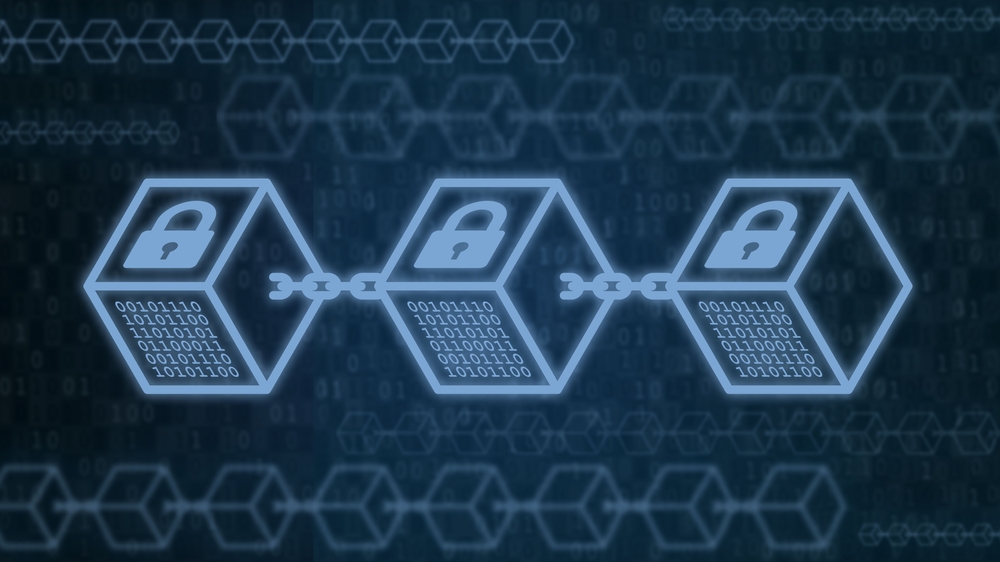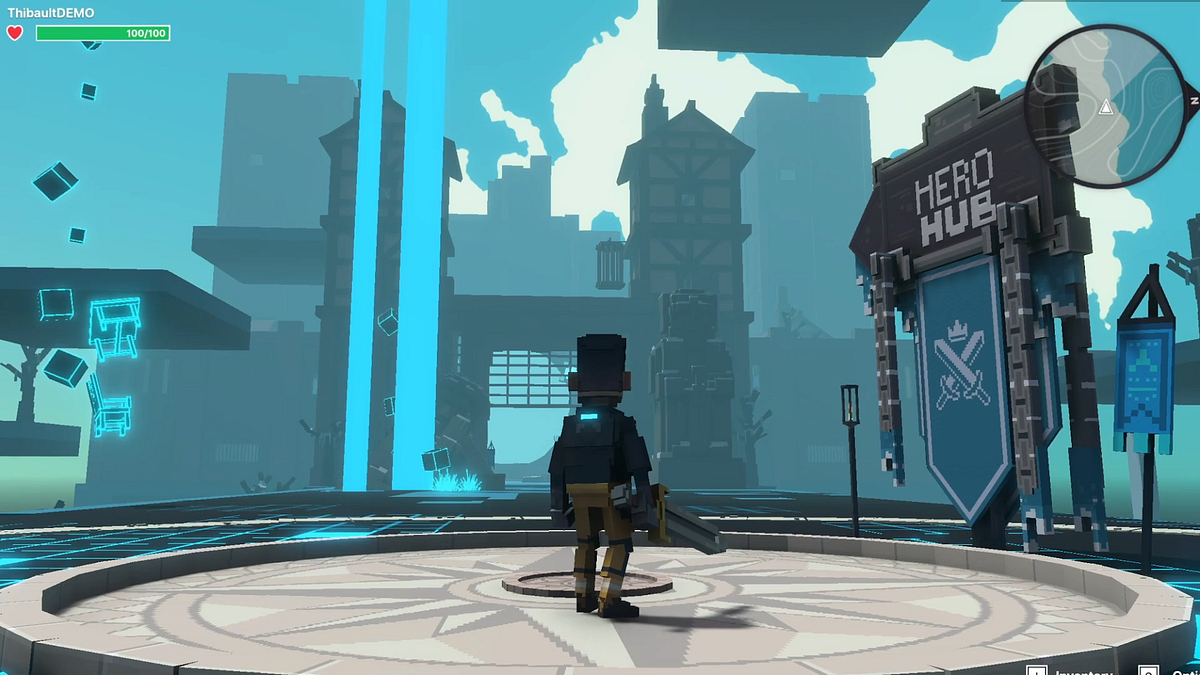Understanding the Interdependence of Web3 and Blockchain –

Web3 and Blockchain are often considered parallel technologies. These buzzwords are sometimes mistaken to understand with clarity and are often related to cryptocurrency. But is it true that Blockchain and Web3 gain meaning and use cases with the help of crypto? No, it’s so much more than that. Web3 is a set of specific technologies that are interoperable and create a decentralized ecosystem that results in decentralization of authorization, transparency in data storage and management, and much more. This article will discuss and deliver on the relationship between Blockchain and Web3 and how these technologies are now building a user-focused and controlled ecosystem.
Introduction to Web3
Web3 refers to the third iteration of technologies built to work with the new generation Web 3.0, which focuses on using a decentralized ecosystem consisting of technologies such as Blockchain and distributed ledger technology to create a more secure and transparent internet. Web3 technologies allow users to interact with decentralized applications (dApps) and smart contracts on the Internet without the need for a central authority or intermediary. Web3 technologies can disrupt many industries, including finance, healthcare, education, supply chain management and social networking. With Web3 technologies, for example, it is possible to create decentralized financial systems that allow multiple users to perform peer-to-peer data and finance transactions without needing a traditional bank to authorize the transaction. In addition, Web3 technologies can create transparent and secure supply chain systems that track the movement of goods from producer to consumer.

Advantages and benefits of Web3
Web3 technologies offer several benefits, including decentralization, security, transparency, and privacy. They also offer increased security through Blockchain and distributed ledger technology. Web3 technologies can also create more transparent systems, enabling secure and transparent tracking of data and transactions. In addition, Web3 technologies enable greater privacy for users, as they do not rely on a central database that unauthorized parties can potentially access. In addition, Web3 technologies enable greater privacy for users, as they do not rely on a central database that unauthorized parties can potentially access.
Read more – Everything you need to know about ChatGPT
What is a blockchain?
Blockchain is a decentralized technology that allows transparent tracking and immutable security for data and transactions. It is a digital ledger that records every data transaction across a network of computers and makes it possible to create secure and transparent systems without the need for a central authority or intermediary. In a Blockchain system, transactions are grouped into blocks, and then cryptographically linked to the previous block in the chain. This creates a tamper-proof record of all transactions, as any attempt to change a block would require recalculation of all subsequent blocks, which is computationally infeasible. A major advantage of Blockchain technology is that it provides the opportunity to create secure and transparent systems without the need for a central authority or intermediary. This makes it particularly useful for peer-to-peer transactions, supply chain management and asset tracking applications.

Additionally, because it is decentralized and distributed, it is resistant to censorship and tampering and can help ensure data integrity. Blockchain technology could disrupt many industries, including finance, education, healthcare, real estate, insurance and voting systems. It is also used as the underlying infrastructure for cryptocurrencies such as Bitcoin. However, it is important to note that while Blockchain technology offers many benefits, it is not a panacea. It is important to carefully consider each application’s specific needs and requirements before deciding whether it is the right technology.
Read more – What is a CCO NFT? Why is it important for NFT creators?
How are Web3 and Blockchain related?
Web3 technologies are built on top of decentralized technologies such as Blockchain and distributed ledger technology. These technologies enable the creation of secure and transparent systems without the need for a central authority or intermediary, which are key features of Web3 technologies. One of the most important ways Web3 and Blockchain are connected is through decentralized applications (dApps). These are applications built on top of decentralized technologies such as Blockchain, which allow users to interact with decentralized systems in the same way as traditional web applications. dApps can create various applications, including finance, supply chain management, and social networking platforms. In addition to dApps, Web3 technologies also use smart contracts.
These are coded and programmed self-executing contracts with the contract terms between seller and buyer directly written in the code. It can check whether the conditions specified in the agreement/contract have been met. Smart contracts are often implemented on Blockchain platforms and allow the automation of certain processes, such as the release of funds when certain conditions are met. Overall, Web3 technologies and Blockchain are closely related, as Web3 technologies use decentralized technologies such as Blockchain to create secure and transparent systems for interacting with the Internet.
Understanding the connection between Web3 and Blockchain is much easier with a well-designed curriculum and learning. Check out Blockchain Council’s Web3 Expert certification and become a Web3 expert in no time.
What is the best way to learn Blockchain?
There are several ways to learn about Blockchain technology, and the best approach for you will depend on your specific goals and learning style. Some options to consider include the following:
Online Certifications: Many online certifications cover the basics of Blockchain technology and more advanced topics. These certifications can be a good way to understand the technology and often include interactive exercises and projects to help you apply what you’ve learned.
Books: There are also several books available that cover the basics of Blockchain technology and more advanced topics. Books can be a good way to learn at your own pace and provide a more in-depth understanding of technology.
Conferences and workshops: Attending conferences and workshops focused on Blockchain technology can be a good way to learn from field experts and network with other professionals.
Practical experience: Finally, the best way to learn about Blockchain technology is often through hands-on experience. This could involve working on a project, building a prototype or participating in a hackathon.
Combining many approaches, such as online courses, books, conferences and workshops, and hands-on experience, is the best way to learn about Blockchain technology. This will help you gain a comprehensive understanding of the technology and give you the skills and knowledge you need to use it in a practical setting.
If you want to follow trends in the Blockchain industry, join our communities on Discord, Reddit and Telegram.























